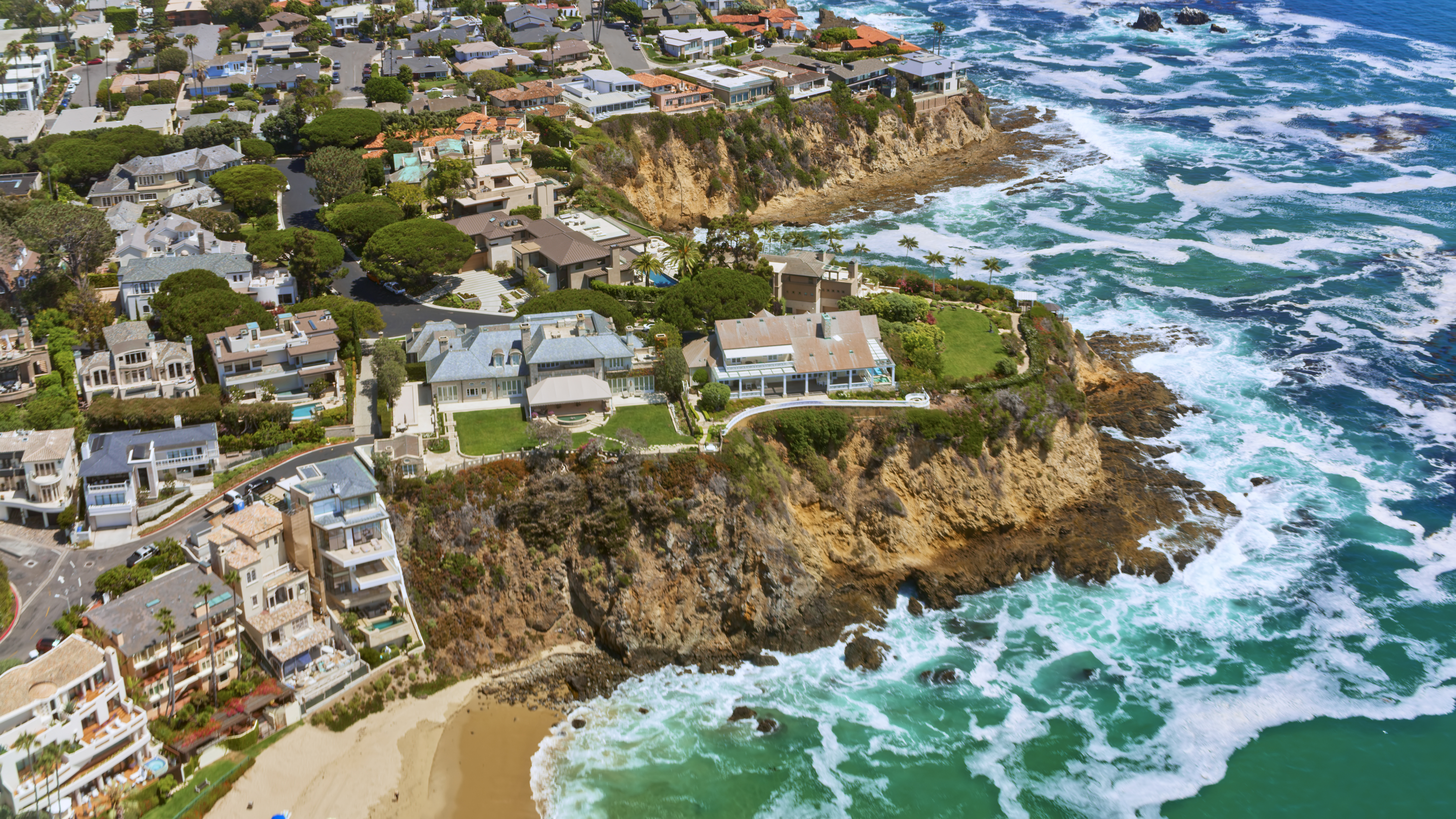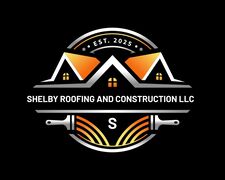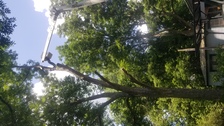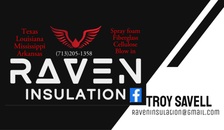
Get matched with top earthquake retrofitting specialists in Viola, AR
Enter your zip and get matched with up to 5 pros
Need a pro for your earthquake retrofitting project in Viola, AR?
Verified Reviews for Earthquake Retrofitting pros in Viola, AR
*The Angi rating for Earthquake Retrofitting companies in Viola, AR is a rating based on verified reviews from our community of homeowners who have used these pros to meet their Earthquake Retrofitting needs.
*The HomeAdvisor rating for Earthquake Retrofitting companies in Viola, AR is a rating based on verified reviews from our community of homeowners who have used these pros to meet their Earthquake Retrofitting needs.
Last update on December 13, 2025
Find Earthquake retrofitting specialists in Viola
iInspect, Home Inspection Services
iInspect, Home Inspection Services
Certified Master Inspector: We provide home inspections tailored to the needs of home buyers, sellers, mortgage lenders, and insurance companies. Our company is licensed and insured. If you’re looking for thorough inspections, look no further than iInspect. We work closely with each client to ensure they understand our services and the inspection process.
Certified Master Inspector: We provide home inspections tailored to the needs of home buyers, sellers, mortgage lenders, and insurance companies. Our company is licensed and insured. If you’re looking for thorough inspections, look no further than iInspect. We work closely with each client to ensure they understand our services and the inspection process.
FAQs for earthquake retrofitting projects in Viola, AR
Most earthquake retrofitting jobs take one week to 10 business days to complete. However, your professional retrofitting expert will be able to give you a more accurate timeline for your home once you complete an initial consultation. The total time may be longer for projects requiring more extensive work or homes with structural damage due to a prior earthquake.
You can expect to pay between $3,370 and $8,610 in earthquake retrofit costs, ranging from $500 to $15,000 or more, depending on your type of home and foundation and retrofitting method.
If you have a slab foundation, you can expect to pay on the lower end, between $500 and $3,000. If you have a wooden foundation, that cost jumps to $5,000 to $10,000. A hillside home, not as vulnerable to earthquake damage, typically costs between $5,000 to $10,000 to retrofit while a soft-story home ranges from $10,000 to $80,000.
It is not advisable to try to retrofit your home without the expertise of a professional. These projects usually require a consultation with a structural engineer and a plumber for any gas-related adjustments. Working with a professional earthquake retrofitting contractor is the best way to ensure that any structural work done to your home will help protect you and your family.
First, you can expect the project to be loud. If you have pets, you might want to take them to a friend's house during the day so they are not disturbed by any of the loud noises. In addition, you’ll need to provide the retrofit team access to areas of the house that will need to be worked on, meaning you’ll need to relocate personal items, clear clutter, and make pathways for the crew. Once the project is complete, a local building inspector will conduct a final inspection to ensure that the retrofitting is up to code.
Earthquake retrofitting can increase your home value, making it a great return on investment. This feature is especially valuable in areas prone to earthquakes. Besides the increased safety value (not only for your family but for the next family who moves in), earthquake retrofitting also helps lower homeowners insurance rates. In addition, having your home earthquake retrofitted can make it easier to get a home loan since they are considered lower risk.
The Viola, AR homeowners’ guide to earthquake retrofitting services
From average costs to expert advice, get all the answers you need to get your job done.
 •
•Discover how much it costs to repair earthquake damage. Learn about average costs, key factors, and ways to save on earthquake repairs for your home.

A seismic shut-off valve stops the flow of gas during an earthquake, protecting your home from fires and explosions. Here’s what your earthquake valve installation cost will look like.
 •
•Earthquake retrofit costs vary based on home size, location, and project scope. Learn what impacts your price and how to budget for a safer, more secure home.

Earthquake gas shut-off valve installation is important for any home in earthquake-prone areas. Explore how they’re installed here.

If you live in an older home in an area prone to seismic activity, you likely need to hire a seismic retrofitting company to protect your home from earthquakes.

If you live near a fault line, your home may need an earthquake retrofit. Find out what you need to know about the process, from costs to who you should hire.






